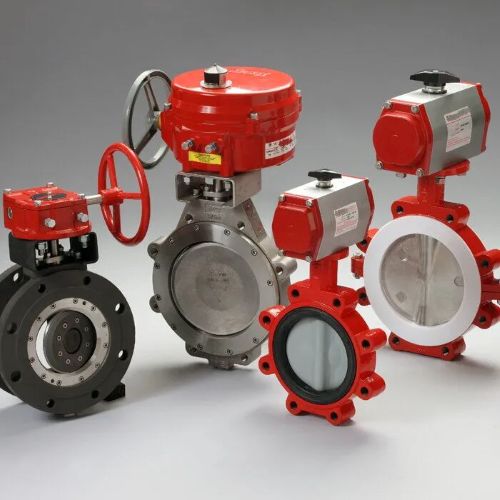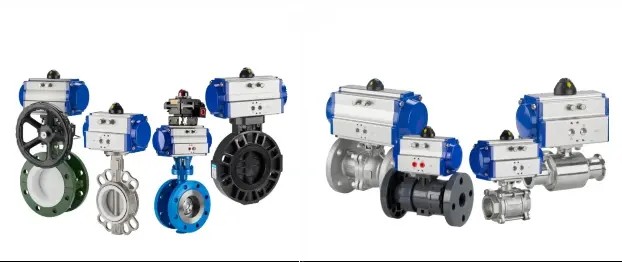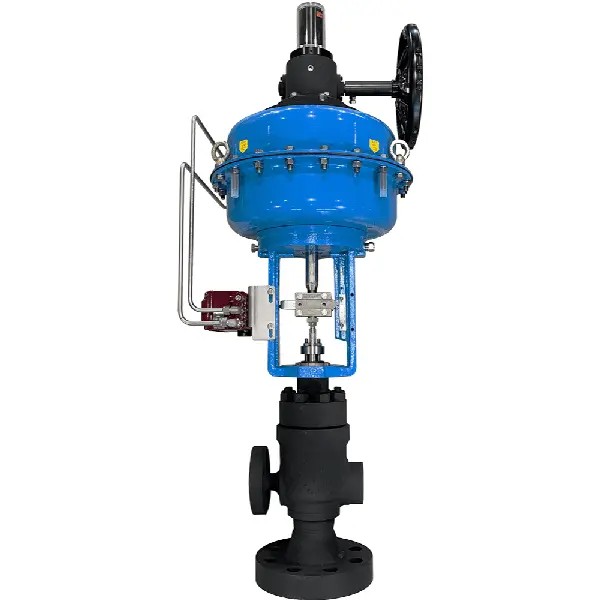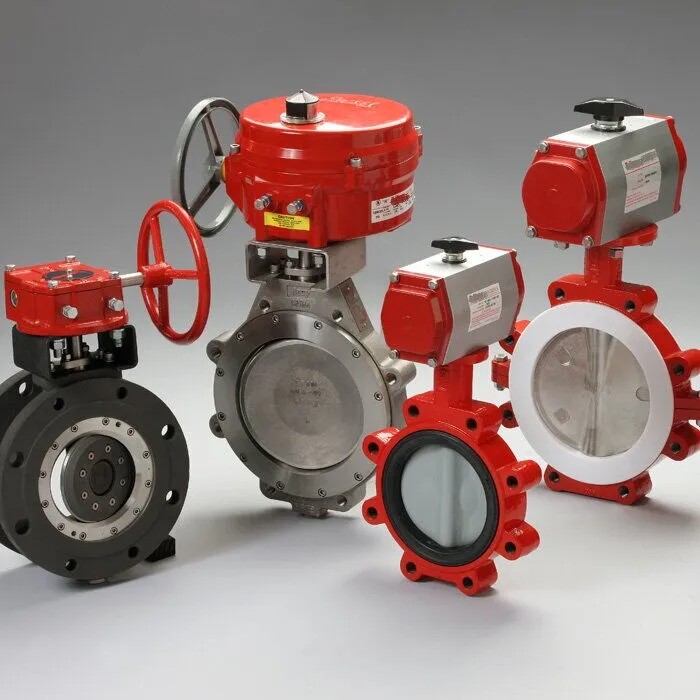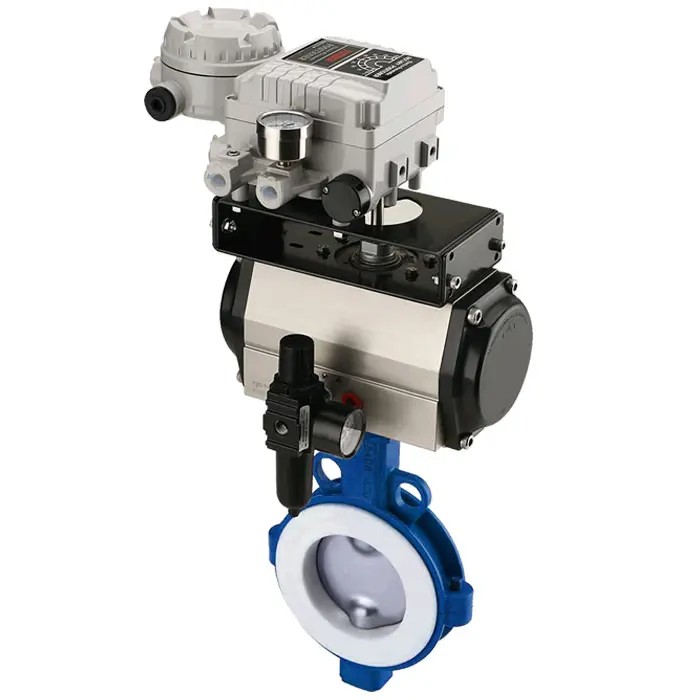The Critical Role of Control Valves in Industrial Systems: Function, Importance, and Applications
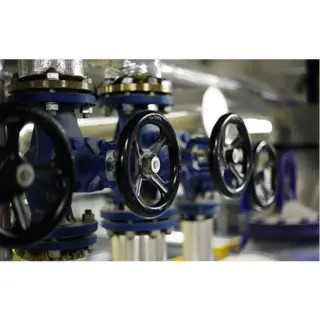
Strong 8k brings an ultra-HD IPTV experience to your living room and your pocket.
China Control valves are indispensable components in modern industrial systems, playing a vital role in the regulation of flow, pressure, and temperature of fluids. Found in a wide array of industries—from water treatment and chemical manufacturing to oil refining and power generation—control valves are key to maintaining efficient, safe, and reliable operations. This article provides an in-depth look at the importance of control valves and their fundamental operating principles, along with an overview of their various types and applications.
The Importance of Control Valves
1. Enabling Process Optimization
Control valves are central to maintaining process parameters within desired ranges, thereby optimizing industrial operations. By modulating the flow of liquids, gases, or steam, these valves ensure that equipment and systems function under optimal conditions. Accurate flow control is essential for maximizing product quality, enhancing throughput, and reducing waste.
For example, in a pharmaceutical manufacturing plant, precise temperature and pressure control is essential for chemical reactions to proceed correctly. Here, control valves respond in real time to changes in process variables, adjusting fluid flow accordingly and ensuring consistent batch quality.
2. Promoting Safety and Reliability
In industries where safety is paramount, such as oil and gas, chemical processing, and nuclear power, control valves serve as vital safeguards. By continuously adjusting to maintain stable system conditions, they help prevent dangerous deviations such as pressure surges, overheating, or chemical imbalances.
For instance, in a steam system within a thermal power plant, control valves manage steam pressure and temperature to avoid hazardous conditions that could damage turbines or lead to explosions. In this context, the reliability and responsiveness of control valves are critical to both equipment integrity and operator safety.
3. Enhancing Energy Efficiency
Energy efficiency is a growing priority in industrial operations, and control valves significantly contribute to energy conservation. By precisely controlling the flow and pressure of fluids, these valves minimize unnecessary energy consumption by avoiding over-pumping or overheating. They also support energy recovery systems by directing waste heat or exhaust gases for reuse.
In HVAC systems used in large commercial buildings, for example, control valves regulate chilled or heated water flow, ensuring that energy is only used when and where needed. This reduces overall power consumption and contributes to lower operating costs and environmental impact.
How Control Valves Work
To understand the role of control valves, it's important to examine their basic structure and operational mechanisms.
1. Key Components
A typical control valve consists of three main components:
Valve Body: The main casing that houses the fluid flow path. It determines the basic type of valve (globe, ball, butterfly, etc.) and the fluid handling characteristics.
Actuator: The device that moves the valve trim to open, close, or modulate the valve. Actuators can be manual, pneumatic, hydraulic, or electric, depending on the control system's complexity.
Valve Trim: The internal elements that come into contact with the fluid and regulate flow. This typically includes the plug, seat, disk, or ball, depending on the valve type.
2. Control Signals
Control valves respond to various control signals that dictate how much the valve should open or close. These signals can be:
Manual: Operated by handwheels or levers.
Pneumatic: Air pressure signals used in analog control loops.
Hydraulic: Fluid-based signals that offer strong force for heavy-duty applications.
Electronic: Digital signals from process control systems, often using protocols like 4–20 mA or fieldbus for precision automation.
The actuator interprets these signals and adjusts the valve trim’s position to regulate the flow rate or pressure.
3. Valve Operation
When a control signal is received, the actuator modifies the position of the valve trim, changing the size of the flow passage. This action either increases or decreases the flow rate, depending on process requirements. For example, in a pressure control loop, a valve may open wider to reduce system pressure or close to increase backpressure, helping maintain a target pressure setpoint.
Modern control valves are often integrated with feedback systems and smart positioners that continuously monitor valve position and performance. These systems improve control accuracy and allow predictive maintenance by identifying performance issues early.
Common Types of Control Valves
There are several types of control valves used in industry, each with distinct characteristics suited to specific applications:
Globe Valves: Known for excellent throttling capabilities and tight shutoff. Ideal for precise flow control in high-pressure systems.
Ball Valves: Provide fast on/off control and are commonly used in systems requiring low-pressure drops and tight sealing.
Butterfly Valves: Lightweight, compact, and cost-effective. Suitable for large volume, low-pressure applications.
Diaphragm Valves: Frequently used in sanitary applications or with corrosive fluids due to their simple design and easy maintenance.
Plug Valves: Offer quick operation and good shutoff in slurry or viscous fluid applications.
The selection of the appropriate valve type depends on various factors including fluid properties, system pressure, required flow rate, temperature conditions, and control accuracy.
Conclusion
Control valves are essential to the smooth, efficient, and safe operation of countless industrial processes. By precisely managing the flow, pressure, and temperature of fluids, they help optimize production, uphold safety standards, and reduce energy consumption. With advancements in automation and control technologies, modern control valves are becoming smarter, more responsive, and more reliable than ever.
A solid understanding of control valve functions, types, and applications is crucial for engineers, system designers, and maintenance professionals working in industrial environments. As the demand for more efficient and sustainable operations grows, the importance of reliable and well-engineered control valves will continue to rise across all sectors of industry.
Learn more about Google SEO.
Note: IndiBlogHub features both user-submitted and editorial content. We do not verify third-party contributions. Read our Disclaimer and Privacy Policyfor details.



